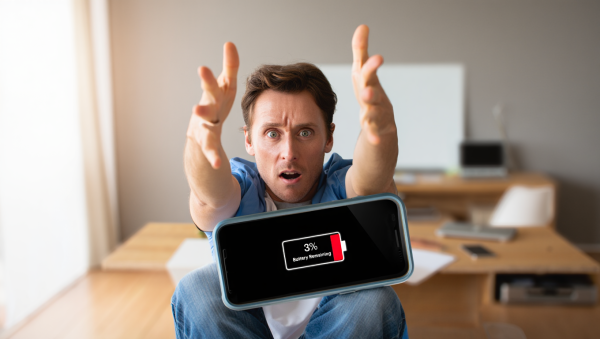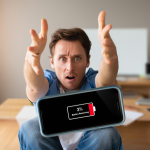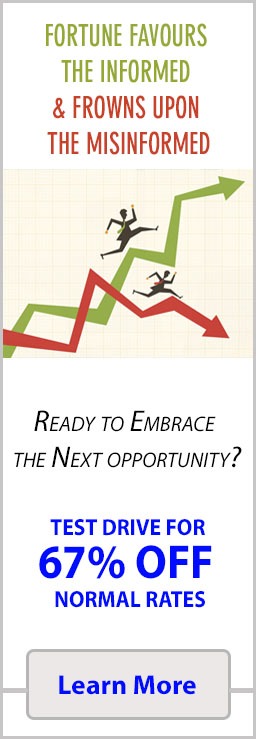
Reduce Emotional Reactivity: Control Mind, Control Money
Oct 9, 2025
Your biggest drawdown isn’t on your screen. It’s in your nervous system. The pattern is old: sharp drop, panic sell, regret, repeat. You don’t need a new indicator; you need fewer flinches. The mission here is simple and brutal—turn reflex into response, then response into strategic calm. How to Reduce Emotional Reactivity starts with a choice: stop letting the tape set your pulse, and start letting your rules set your trades.
Epictetus would remind you the market doesn’t injure you; your interpretation does. Jung would add that the part you disown runs the show when pressure hits. Sun Tzu would say control of timing beats displays of force. Kahneman would smile and tell you fast thinking is a trap when money moves. Precision isn’t talent—it’s trained stillness under fire.
Reactivity isn’t emotion; it’s action without analysis. It’s cortisol steering orders before strategy gets a vote. You see red, your body screams “now,” and your plan disappears. That’s not character; that’s wiring. How to Reduce Emotional Reactivity means separating the feeling from the click, leaving space where a rule can live.
Write the distinction where you can’t miss it: emotion is allowed; impulse is not. The market won’t punish you for fear. It punishes you for granting fear the keyboard.
Track the Triggers Before They Own You
List your recurring panic points: the opening fifteen minutes, a string of red candles, a missed breakout, a bad headline. Each has a bodily signature—tight chest, racing breath, narrowed vision. That is the shadow, in Jung’s language: the part that wants status, certainty, and revenge.
Awareness is interruption. Keep a quick ledger for a week: trigger, sensation, action, result. Patterns appear fast. How to Reduce Emotional Reactivity begins with naming the cues that keep billing you.
Pre‑Commitment: Decisions Made Before Heat
Remove mid‑trade choices. Build a template you must complete before any order: thesis in one sentence; three disconfirmers; entry price or zone; stop level and time stop; size as a percentage; “why now” in one line. If any field is blank, there is no trade. Kahneman’s slow system now has a fence.
Pre‑commitment is mercy for your future self. It is also a lie detector. If you can’t articulate the idea in one line, you’re not trading a plan—you’re trading adrenaline.
Delay is a weapon. Post‑news, impose a fifteen‑minute embargo on orders. After any shock, run a ninety‑second freeze before touching the keyboard. Your body will hate it. Your account will not. Sun Tzu’s logic applies: control timing and you control outcomes.
Set two daily execution windows—thirty minutes mid‑morning, thirty mid‑afternoon—when orders may be placed or adjusted. All other hours are study or silence. How to Reduce Emotional Reactivity in practice is starving it of opportunities to hijack your hands.
The Five‑Dial State Model
Replace headlines with a dashboard you will act on. Five dials: breadth (advancers/decliners, up/down volume), credit (high‑yield spreads and cash‑bond tone), USD and real yields (direction and pace), volatility term structure (is the front clenched or easing), and leadership (who holds gains on red days).
Risk‑on looks like spread compression for days, a softening dollar at the margin, the vol curve re‑steepening, and leaders breaking on rising volume with retests that hold. That earns your first third. Breadth thrusts release the second; earnings confirmation the third. Risk‑off is the mirror: widening spreads, firm USD, flat or frowning vol into strength, narrowing leadership. That trims, hedges, or halts. Reactivity dies when the board won’t move until the state does.
Microstructure Traps: Where Reflexes Get Taxed
The open is a theatre: widest spreads, thinnest depth. Your panic in that window is someone else’s edge. Stop clusters gather at round numbers and prior day highs/lows; stagger stops or use stop‑limits to avoid being harvested. News‑algos often spike price 1–2% in seconds, then reverse. Demand secondary confirmation—volume plus a retest—before you trade around news.
Make a rule: no market orders in the first fifteen minutes; limits only, with size cut in half. You won’t win a sprint against a machine. You can refuse to enter the race.
After a spike, run a ninety‑second reset: feet planted, shoulders down, box‑breathing 4‑4‑4‑4. Read the five dials out loud. Re‑write “why now” in one line. If it won’t fit, it isn’t a signal. Reset doesn’t mean quit; it means re‑centre before the next decision.
Finish the day with a two‑minute audit: one thing you did that was rule‑true, one rule to add, one impulse you caught before it cost money. Small wins retrain the nervous system faster than lectures.
Receipts from the Tape
2018’s “volmageddon” erased XIV in hours as short‑vol tourists pressed. Freeze would have saved; flinch wrecked. March 2020 printed limit‑downs at the open and V‑turns by the close; panic sells at 09:35 became regret by lunch. In 2022, CPI prints whipsawed USA indices 3–6% intraday; impulse entries were meat for the grinder while staged orders handled the churn.
Each chapter says the same thing: the market doesn’t pay for bravery; it pays for rules. How to Reduce Emotional Reactivity is not a slogan—it’s visible in blotters where size shrinks into uncertainty, time stops exist, and entries spread across confirmation, retest, and validation.
Build a Daily Playbook
Morning: twenty minutes of silence, then the five dials, then your prepared watchlist. No feeds. Mid‑morning execution window: orders allowed, two‑click confirms, “why now” line required. Midday: review, no trading. Mid‑afternoon window: final adjustments. Close: two‑minute audit.
Risk governors keep you in the game: single‑name risk capped at 1–2%; theme at 6–8%. Fix a maximum daily loss in USD; when it trips, you stop. No bargaining. Stage entries in thirds. When fear is loud, let it pay: sell cash‑secured puts on fortress names during flushes, recycle a slice into 18–36 month calls with sensible deltas to buy calendar for the thesis. That’s humility as structure.
After each trade, five lines: trigger, state, size, exit plan, emotion 1–5. Would you place it again, as written? If not, add one rule that would have blocked it. Retire one that no longer pays. This is how shame turns into software.
Ask Jung’s question before the bell: what pain am I trying to trade away—embarrassment, missed‑out status, fear of loss? Name it. Bind it to a rule: “If FOMO > 3/5, no adds today.” Your shadow hates being seen. Seeing it is how you stop donating to it.
Body Before Button
Reactivity is a body habit exploited by screens. Treat it physically. Move before the open. Hydrate. Eat on schedule. These aren’t lifestyle tips; they widen the space between urge and order. A steadier body makes a steadier screen. Stillness here isn’t spiritual theatre; it’s a performance enhancer for decisions that pay rent.
Give your competitive drive a clean arena: strength work, learning sprints, and strict completion of your audit. The urge to conquer will go somewhere. Choose where, or it will choose the worst possible moment on your chart.
The market will always test your composure. Emotional reactivity is the default; survival is the exception you build. How to Reduce Emotional Reactivity is not mysticism. It is a set of choices: pre‑commit rules, add delay, read states not stories, cap losses, and reset fast when the room shakes. Epictetus gives you ownership of response; Jung shows you the loop; Sun Tzu hands you timing; Kahneman hands you the slow mind you need.
React less. Plan more. Your edge is not louder feelings; it’s quieter hands. Precision isn’t luck—it’s built in silence before the chaos, then defended one ninety‑second pause at a time.












